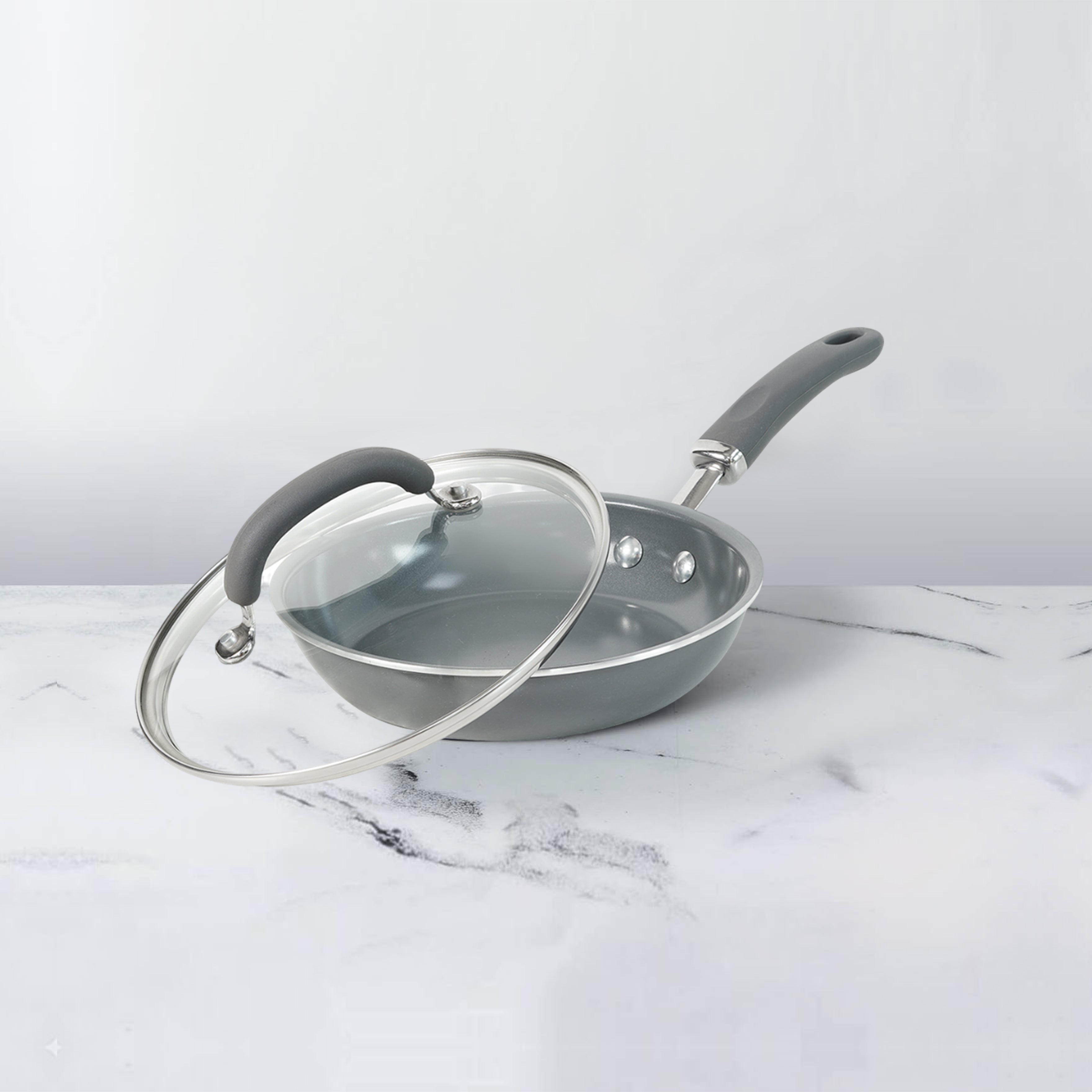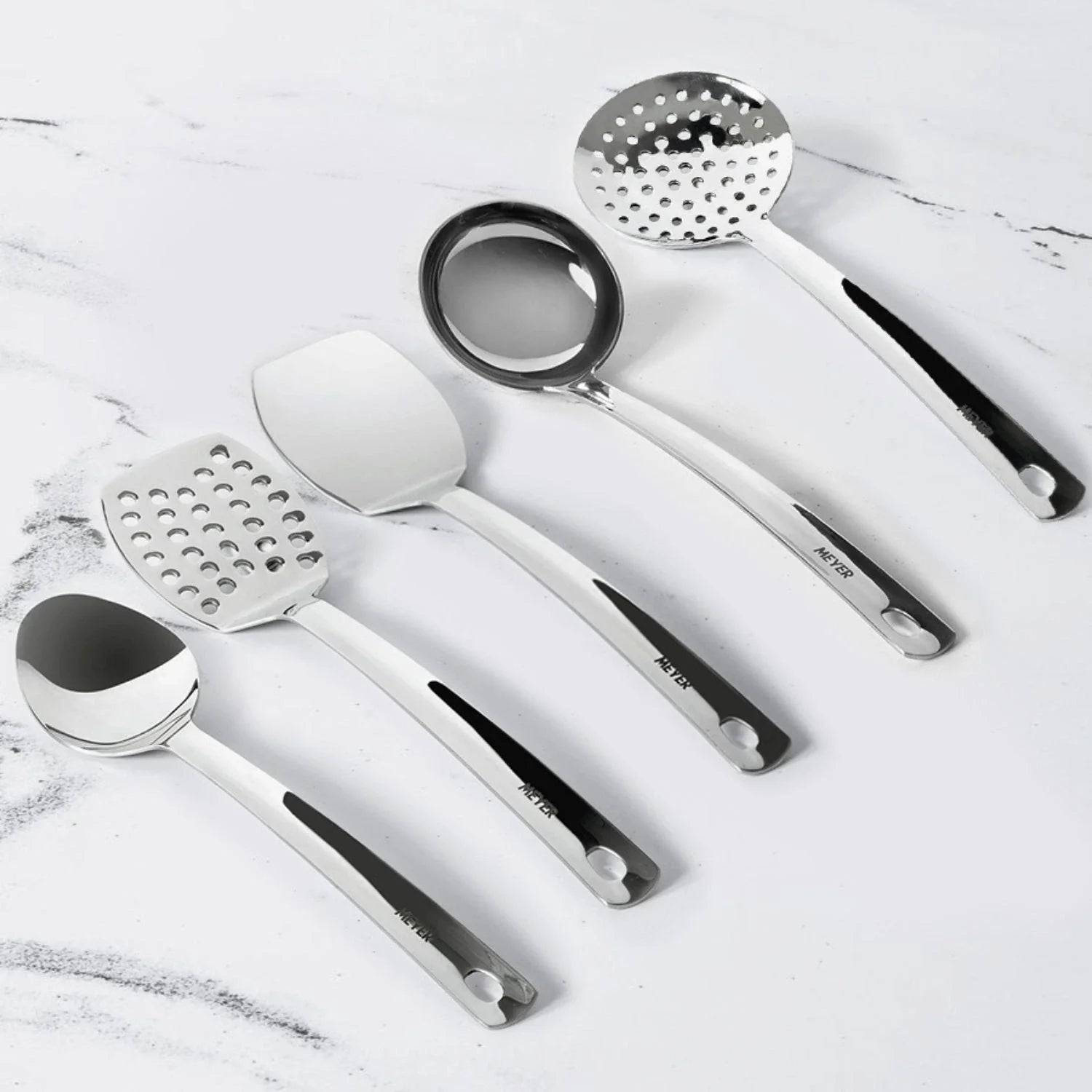Unveiling the hidden calories in restaurant salads is essential for individuals seeking to make healthy choices while dining out. While salads are often perceived as a nutritious option, they can vary widely in calorie content depending on ingredients, dressings, and portion sizes. Understanding the factors contributing to the calorie content of restaurant salads empowers consumers to make informed choices that align with their health and wellness goals.
Table of Contents
Ingredient Selection:
The calorie content of restaurant salads can be influenced by the selection of ingredients used. While vegetables like leafy greens, tomatoes, and cucumbers are low in calories and nutrient-dense, additions like cheese, bacon, croutons, and fried toppings can significantly increase the calorie count. Opting for salads with a variety of colorful vegetables and lean proteins can help keep calorie intake in check.
Dressing Choices:
Dressing selection plays a significant role in the calorie content of restaurant salads. Creamy dressings like ranch, Caesar, and blue cheese are typically higher in calories and saturated fat compared to vinaigrettes or oil-based dressings. Additionally, portion sizes of dressings at restaurants can be generous, leading to excess calorie consumption. Choosing lighter dressing options or requesting dressing on the side allows for better control over calorie intake.
Portion Sizes:
Portion sizes at restaurants are often larger than standard serving sizes, leading to higher calorie consumption. While salads are perceived as a healthy choice, oversized portions can contribute to excess calorie intake. Being mindful of portion sizes and considering sharing a salad or taking leftovers home can help manage calorie intake while still enjoying restaurant meals.
Hidden Additions:
Restaurant salads may contain hidden additions that contribute to the calorie content without adding significant nutritional value. These additions may include fried toppings, sugary nuts, dried fruit, or processed meats. Being aware of these hidden ingredients and asking about salad components when ordering can help avoid unnecessary calorie consumption.
Customization Options:
Many restaurants offer customization options for salads, allowing diners to tailor their meal to meet their dietary preferences and calorie goals. Choosing customizable salads allows for greater control over ingredients, dressings, and portion sizes. Opting for grilled proteins, extra vegetables, and lighter toppings can create a satisfying and nutritious meal with fewer calories.
Nutritional Information:
Some restaurants provide nutritional information for menu items, including salads, either on their menus or websites. Reviewing nutritional information can help individuals make informed choices and select lower-calorie options. When available, comparing calorie counts and ingredient lists can guide decision-making and support healthier dining choices.
Homemade Salads VS Restaurant Salads:
Homemade salads can often be a better alternative to restaurant salads for several reasons:
- Control Over Ingredients: When preparing salads at home, you have complete control over the ingredients you use. This allows you to choose fresh, high-quality produce, lean proteins, and healthy fats without the added sugars, preservatives, and unhealthy additives often found in restaurant salads.
- Portion Control: Portion sizes at restaurants are often larger than what is recommended for a single serving, leading to higher calorie intake. When making salads at home, you can portion out ingredients according to your individual needs, helping to manage calorie intake and prevent overeating.
- Healthier Dressing Options: Many restaurant salads are dressed with creamy, high-calorie dressings that can significantly increase the calorie content of the meal. At home, you can make your own dressings using simple, wholesome ingredients like olive oil, vinegar, herbs, and spices, which are lower in calories and often healthier.
- Customization: Homemade salads offer endless customization options to suit your taste preferences and dietary restrictions. Whether you prefer a vegetarian, vegan, gluten-free, or low-carb salad, you can tailor the ingredients and toppings to meet your specific needs.
- Cost-Effective: Eating out can be expensive, especially when ordering salads from restaurants. Making salads at home is often more cost-effective, as you can buy ingredients in bulk and use them to prepare multiple meals.
- Fresher and More Flavorful: Homemade salads are typically fresher and more flavorful than their restaurant counterparts, as they are made with ingredients that are at their peak ripeness and quality. Plus, you can experiment with different flavor combinations and seasonal produce to keep your salads exciting and delicious.
Easy Homemade Salad Recipes:
Here are some easy homemade salad recipes that are delicious, nutritious, and simple to prepare:
- Classic Garden Salad:
- Ingredients: Mixed greens (lettuce, spinach, arugula), cherry tomatoes, cucumber, bell pepper, red onion, carrots.
- Dressing: Olive oil, balsamic vinegar, Dijon mustard, honey, salt, and pepper.
- Instructions: Toss mixed greens and chopped vegetables in a large bowl. In a small jar, combine olive oil, balsamic vinegar, mustard, honey, salt, and pepper. Shake well to emulsify, then drizzle over the salad and toss to coat.
- Greek Salad:
- Ingredients: Romaine lettuce, cherry tomatoes, cucumber, red onion, Kalamata olives, feta cheese.
- Dressing: Olive oil, red wine vinegar, lemon juice, garlic, oregano, salt, and pepper.
- Instructions: Chop lettuce, tomatoes, cucumber, and onion and place in a bowl. Add olives and crumbled feta cheese. In a separate bowl, whisk together olive oil, red wine vinegar, lemon juice, minced garlic, dried oregano, salt, and pepper. Pour dressing over salad and toss to combine.
- Caprese Salad:
- Ingredients: Fresh mozzarella cheese, tomatoes, fresh basil leaves.
- Dressing: Balsamic glaze (reduced balsamic vinegar).
- Instructions: Slice mozzarella cheese and tomatoes into rounds. Arrange them alternately on a plate, overlapping slightly. Tuck fresh basil leaves between the cheese and tomatoes. Drizzle with balsamic glaze and sprinkle with salt and pepper to taste.
- Quinoa Salad:
- Ingredients: Cooked quinoa, diced cucumber, cherry tomatoes, bell pepper, red onion, fresh herbs (parsley, cilantro), feta cheese.
- Dressing: Olive oil, lemon juice, Dijon mustard, honey, salt, and pepper.
- Instructions: In a large bowl, combine cooked quinoa with diced vegetables, herbs, and crumbled feta cheese. In a small jar, whisk together olive oil, lemon juice, mustard, honey, salt, and pepper. Pour dressing over the salad and toss to coat.
- Asian Slaw Salad:
- Ingredients: Shredded cabbage, carrots, bell peppers, edamame beans, green onions, cilantro.
- Dressing: Soy sauce, rice vinegar, sesame oil, honey, ginger, garlic, lime juice.
- Instructions: In a large bowl, combine shredded cabbage, carrots, thinly sliced bell peppers, edamame beans, chopped green onions, and cilantro. In a small jar, whisk together soy sauce, rice vinegar, sesame oil, honey, grated ginger, minced garlic, and lime juice. Pour dressing over the salad and toss to combine.
Conclusion:
Unveiling the hidden calories in restaurant salads empowers consumers to make healthier choices when dining out. By considering factors such as ingredient selection, dressing choices, portion sizes, hidden additions, customization options, and nutritional information, individuals can enjoy satisfying and nutritious salads without exceeding their calorie goals. Making mindful choices and advocating for transparency in restaurant menus can support overall health and wellness while dining out.











Leave a comment